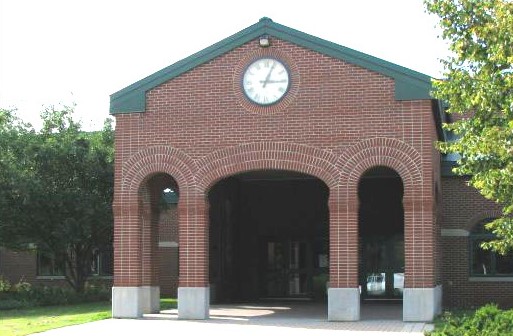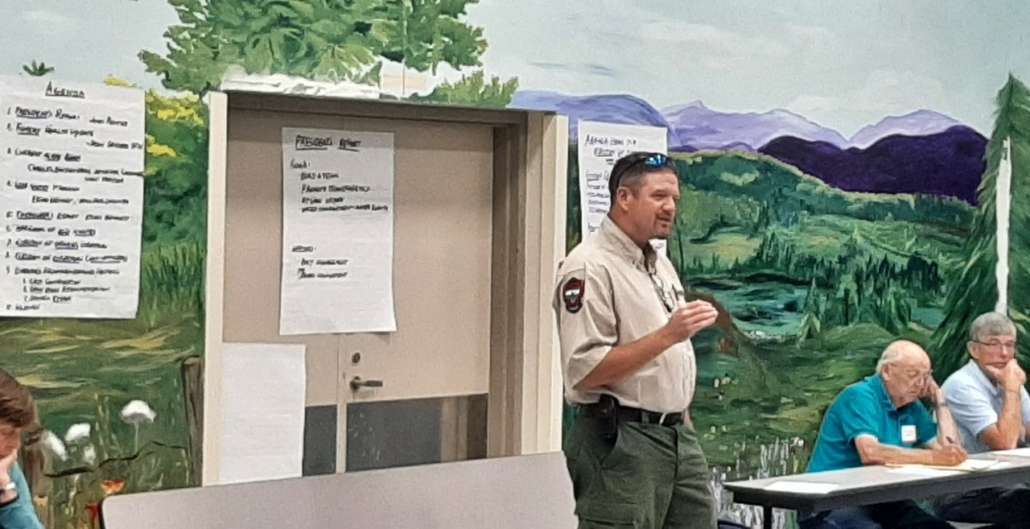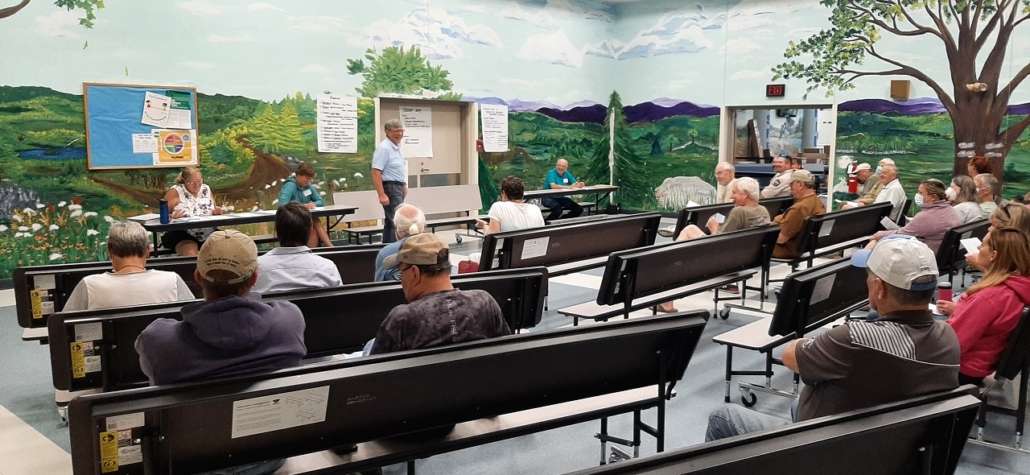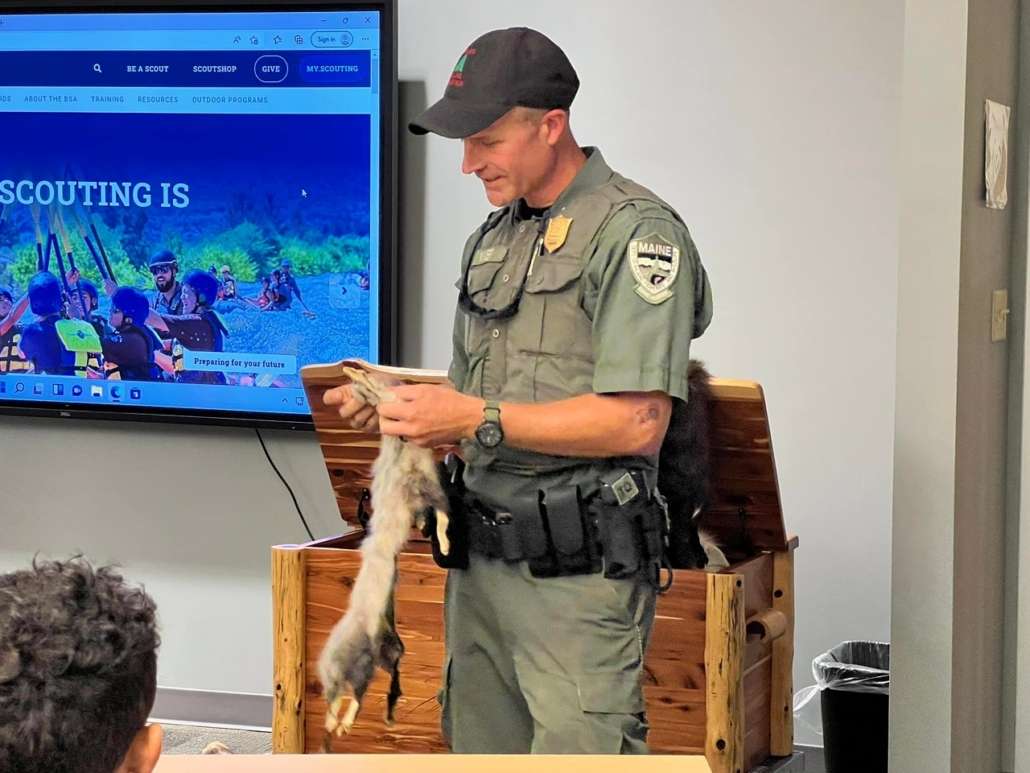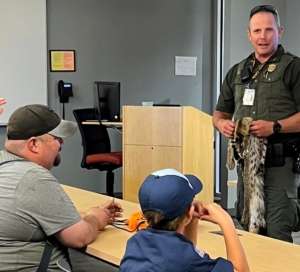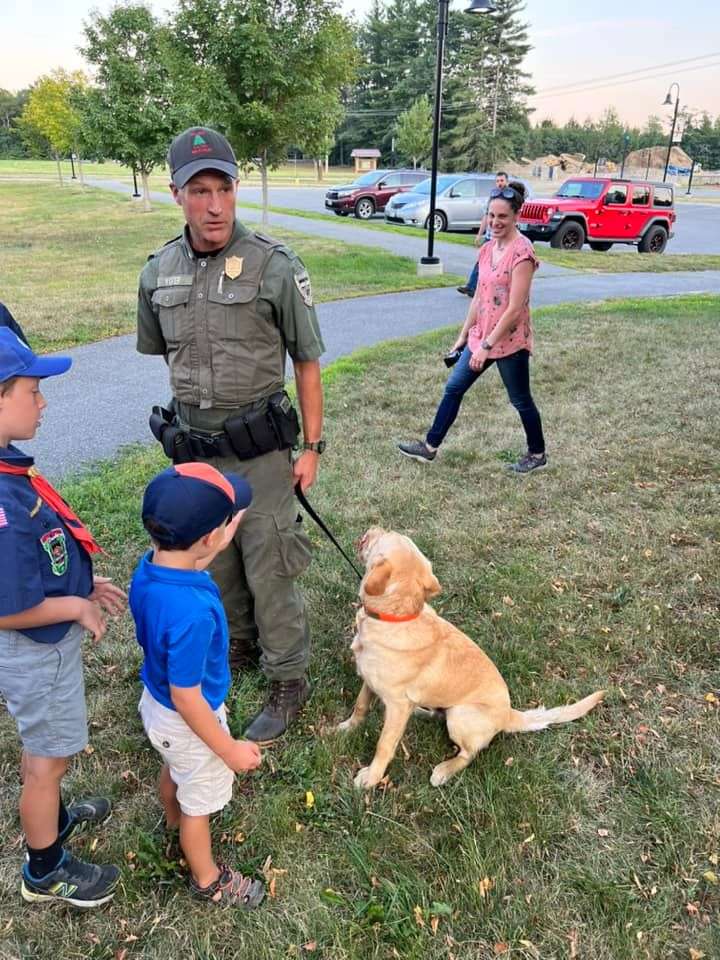Webber Pond tests positive for blue-green algae toxins
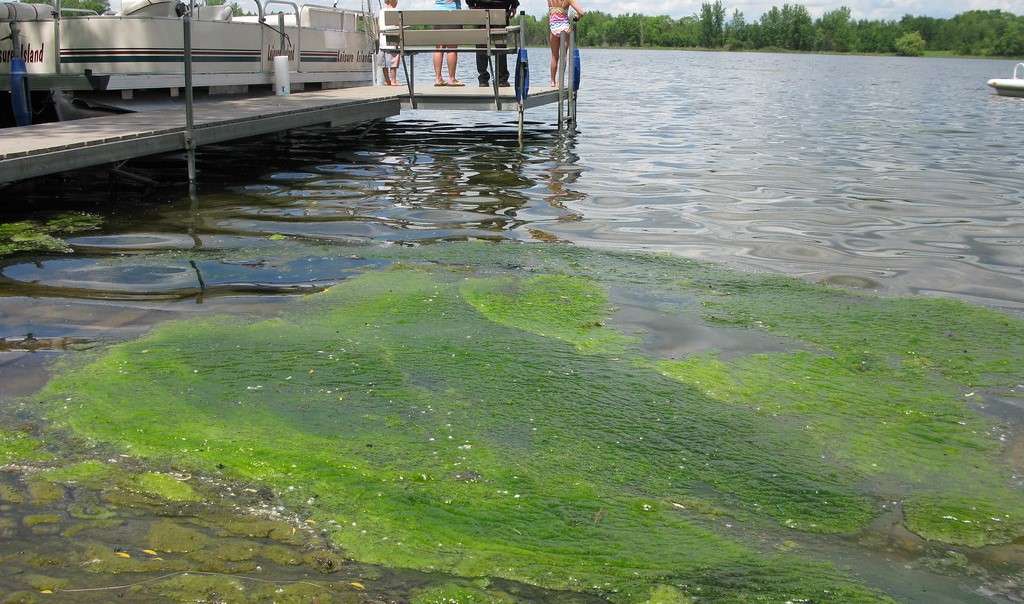
Blue-green toxic algae bloom.
by Roland D. Hallee
Following weeks of speculation, the test results were confirmed, on Friday, September 9, that Webber Pond, in Vassalboro, has tested positive for toxic algae blooms.
According to Linda Bacon, at the Maine Department of Environmental Protection, “scum collected Wednesday afternoon [September 7] tested positive for microcystin this afternoon, an algal toxin that causes damage to the liver.”
Bacon added, “you’ve always had cyanobacteria blooms! This year was just particularly bad.”
Concentrations exceed EPA’s drinking water threshold and their recreation standard. Bacon continued, “Rapid tests were performed on the samples at DEP. The rapid tests do not provide numeric results, but assume that the concentrations of microcystin are likely to be 100-1,000 times these limits, which is typical of scums.”
According to Bacon, it is very likely that concentrations in open water do not exceed the recreation limit, based on data DEP has collected over the past few years.
The overall message is: don’t drink water taken from an area where scums are present or have been present recently (within the last two weeks). Don’t let pets drink the water and don’t let them in the water if scums are present. If they get scum on their fur, rinse them off with fresh water as soon as possible.
Do not let children play in the scums. Scums are quite tempting as they look like paint, so children will paint the rocks on the shoreline, the dock, or whatever is nearby while having lots of fun.
If you get your water from the lake, do not use it for cooking or drinking; make sure showers are short.
Bacon said, “although water treatment systems for algal toxins are still being refined, evidence suggests that it is a good idea to have two filters on an intake line, the one closest to the lake being a coarse filter (looks like wound string), followed by an activated charcoal filter. The charcoal filters are more expensive and would clog quickly if the coarse filter was not in place.”
Cyanotoxins have acute health effects in humans. The most common Cyanobacteria producing toxin, Microcystin-LR, will produce abdominal pain, headache, sore throat, vomiting and nausea, dry cough, diarrhea, blistering around the mouth, and pneumonia
Microcystis, Dolichospermum (previously Anabaena) were observed in the sample along with Aphanizomenon.
Referring to the drawdown on Septembeer 18, “Regardless, I would remove as many boards as you can [from the dam], but I wouldn’t leave the boards out. If we end up in another year of drought, it could become a water level issue next summer. Keep track of flows and when the flow decreases to what the usual end-of-drawdown has been, begin replacing the boards.
Concerning the alewife egress from the lake, “one thing that can happen – not saying that it did – is that adult spawners get trapped and die in the lake along with all the nutrients in their bodies. It will be very important to make sure adults can leave the lake post-spawning to minimize this issue.






 Throughout the summer 67 students, all members of the Vassalboro library, participated in the Summer Reading Program “Bikes for Books,” sponsored by Vassalboro Masonic Lodge #54. Mid-June the children signed up for the program and received a welcome packet which included a free book, start-up prizes and reading logs. They also received one raffle ticket for signing up which went into the bike raffle. For every two hours read after signup, and recorded in reading logs, students received another ticket to add to the raffle. There were 12 bikes total to win – all sponsored by the Vassalboro Masonic Lodge- sized 16″, 20″ 24″ and 28″, to accommodate the different ages of the participants.
Throughout the summer 67 students, all members of the Vassalboro library, participated in the Summer Reading Program “Bikes for Books,” sponsored by Vassalboro Masonic Lodge #54. Mid-June the children signed up for the program and received a welcome packet which included a free book, start-up prizes and reading logs. They also received one raffle ticket for signing up which went into the bike raffle. For every two hours read after signup, and recorded in reading logs, students received another ticket to add to the raffle. There were 12 bikes total to win – all sponsored by the Vassalboro Masonic Lodge- sized 16″, 20″ 24″ and 28″, to accommodate the different ages of the participants.
